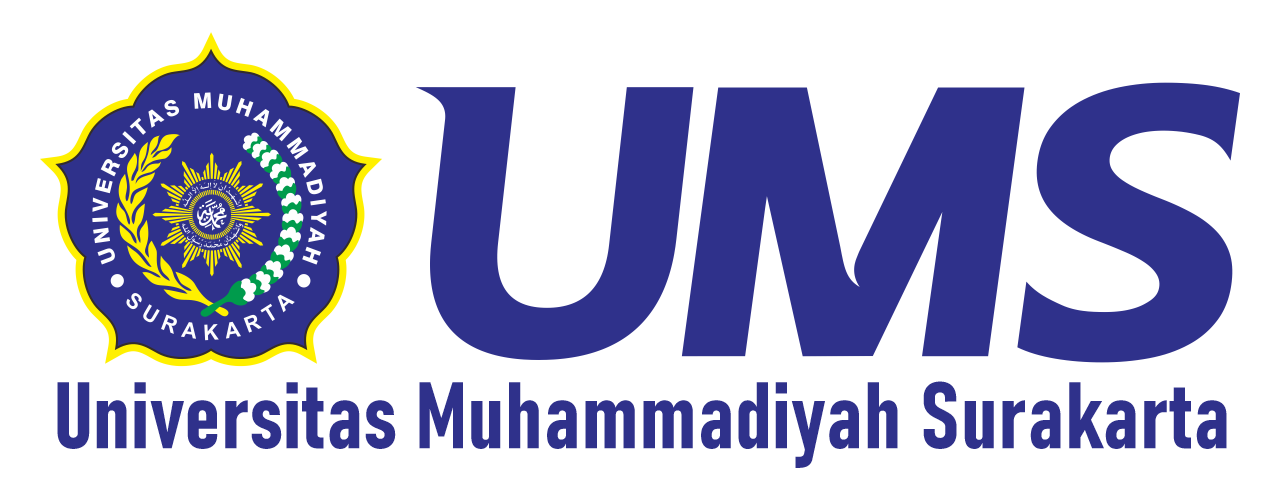Analysis of Land-Use Changes in Mojosongo District, Boyolali Regency in 2013 and 2023
Keywords:
analysis, land-use change, Mojosongo DistrictAbstract
One of the causes of land-use change is population growth. The more the population increases, the more land-use changes occur, such as the conversion from non-built to built-up areas. Mojosongo Subdistrict in Boyolali Regency faces issues with land-use change due to the growing population. The increase in construction, ranging from residential houses, factories, to toll roads, has contributed to this change in Mojosongo Subdistrict. The impact of land-use change, such as from non-built to built-up areas, has led to a reduction in available land. Mojosongo Subdistrict had a land area of 4,341.16 hectares in 2023. Based on the problems occurring in Mojosongo Subdistrict, this study aims to (1) analyze the land-use changes in Mojosongo Subdistrict from 2013 to 2023 and (2) analyze the main driving factors of land-use change between 2013 and 2023. The method used in this study is quantitative, involving overlay and digitization of imagery. The analysis method also includes interviews to better understand the main factors driving landuse changes in Mojosongo Subdistrict. The results of this study indicate that land-use change in Mojosongo Subdistrict from 2013 to 2023 involved a change of 1,180.1 hectares or 27.05%, while 3,185 hectares or 72.95% of the land remained unchanged. Residential areas experienced the highest land-use change in Mojosongo Subdistrict, with an increase of 204.4 hectares or 21.47%. The expansion of the area and the ease of obtaining permits were the main reasons behind the land-use changes in Mojosongo Subdistrict.
Downloads
References
Alamsyar, A. (2022). The Impact of Land Conversion on Rice Field Production. Agrotekbis2, 10(1), 176-185. http://repository.umsu.ac.id/handle/123456789/380
Anwar. (1980). The Conversion of Rice Fields into Non-Agricultural Land in Urban Areas. Bandung: Institut Teknologi Bandung.
Apriani, A., & Putra, B. P. (2022). Analysis of Land-Use Conversion Using Ordinal Logistic Regression. Journal of Geomine, 9(3), 187-197. https://doi.org/10.33536/jg.v9i3.895
Arsyad, Sitanala. (1989). Soil and Water Conservation. Bogor: Institut Pertanian Bogor.
Arronof, S. (1989). Geographic Information System: A Management Perspective. WDL Publication Ottawa, Canada.
Astuti, F. A., & Lukito, H. (2020). Land-Use Change in the Food Security Area in Sleman Regency. Journal of Geography: Media for Geographic Development and Profession. https://doi.org/10.15294/jg.v17i1.21327
Bintarto, R., & Surastopo, H. (2008). Geographic Analysis Methods. Yogyakarta: LP3ES.
Budiyanto, G. (2014). Land Resource Management. LP3M Universitas Muhammadiyah Yogyakarta.
Cahyani Mokoginta, R., Syafri, S., & Jufriadi, J. (2021). Conversion of Agricultural Land on Hertasning Baru Street, Makassar City. Journal of Urban Planning Studies, 1(2), 204-214. https://doi.org/10.35965/jups.v1i2.65
Dewo Kusumaningrat, M., Subiyanto, S., & Darmo Yuwono, B. (2017). Analysis of Land-Use Changes Against Spatial Planning (Boyolali Regency Case Study). Journal of Geodesy Undip, 6(4), 443-452.
Hidayat, S. I., & Rofiqoh, L. L. (2020). Analysis of Agricultural Land Conversion in Kediri Regency. Journal of Social Economic of Agriculture, 9(1), 59. https://doi.org/10.26418/j.sea.v9i1.40646
rkey, R. A., & Suhaeb, M. I. (2021). Perubahan Penggunaan Lahan Terhadap Banjir di Kawasan Daerah Aliran Sungai Maros. (Land Use Changes Due to Flooding in the Maros River Basin Area ). Urban and Regional Studies Journal, 3(2), 52-59. https://doi.org/10.35965/ursj.v3i2.669
Novalia, T. (2020). Neraca Lahan Indonesia. Seminar Nasional Official Statistics, 2019(1), 245-254. https://doi.org/10.34123/semnasoffstat.v2019i1.68
Septiono, D. S., & Mussadun, M. (2016). Model Perubahan Penggunaan Lahan Untuk Mendukung Rencana Pengelolaan Kesatuan Pengelolaan Hutan (Studi Kasus KPH Yogyakarta). Land Use Change Model to Support Forest Management Unit Management Plans (Case Study of KPH Yogyakarta). Jurnal Pembangunan Wilayah & Kota, 12(3), 277. https://doi.org/10.14710/pwk.v12i3.12903
Wahyuni, H., & Suranto, S. (2021). Dampak Deforestasi Hutan Skala Besar terhadap Pemanasan Global di Indonesia. (The Impact of Large-Scale Deforestation on Global Warming in Indonesia ). JIIP: Jurnal Ilmiah Ilmu Pemerintahan, 6(1), 148-162. https://doi.org/10.14710/jiip.v6i1.10083





